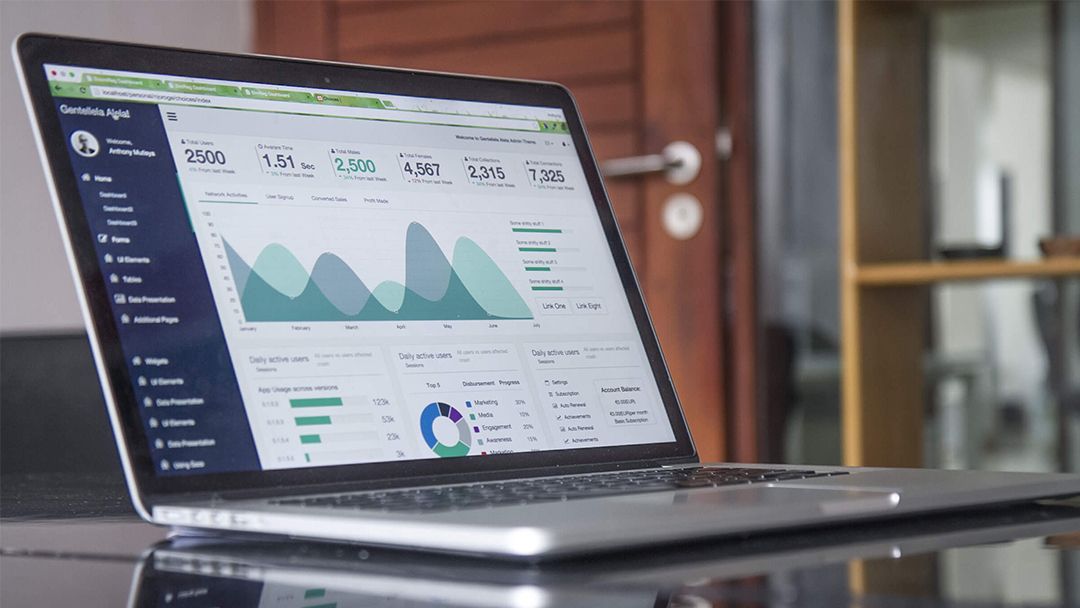Let’s be honest. Your company website probably feels like that expensive piece of art in the lobby. It looked great when you first got it, but now you don’t really notice it anymore. It just hangs there, collecting dust, and quietly judging you.
It exists. It checks a box. But it doesn’t *do* anything.
And the thought of a “redesign project” brings a familiar sense of dread—a vision of endless meetings, confusing technical jargon, and a black hole of money with no guarantee of a return. So you put it off.
But what if you’re framing the problem all wrong? The issue isn’t about a “fresher look.” It’s about whether your most public asset is actively making you money or quietly costing you. Here are three signs your website is a cost center, not a growth engine.
Sign #1: You Apologize For It
You’re talking to a high value prospect. They ask for your web address, and you feel a slight wince as you say, “Sure, it’s ourcompany.com, but just a heads up, we’re planning to update it soon.”
That little phrase, that subtle apology, is a massive red flag.
It’s a symptom of a deeper problem: a lack of pride in your company’s front door. You know it doesn’t reflect the quality of your actual work, so you make excuses for it. This erodes credibility instantly. It signals to potential customers and top tier talent that your brand is stuck in the past. If you don’t believe in your own digital presence, why on earth should they?
A growth engine doesn’t need excuses. It’s a tool you’re proud to show off.
Sign #2: Your Sales Team Ignores It
Think about your best salesperson. When they’re trying to close a deal, what do they send to the prospect? Is it a link to a specific page on your website that perfectly explains the value of your service? Or is it a PDF brochure, a PowerPoint deck, or a case study they have saved on their desktop?
If your sales team avoids your website, it’s because it doesn’t help them sell.
This is a cardinal sin for any business website. It means it has failed its most important job. It isn’t built to answer your customers’ real questions. It doesn’t handle their objections. It doesn’t guide them towards a decision. It’s not a 24/7 sales machine; it’s a lazy employee you keep on the payroll for no reason, while your real team has to create their own tools just to get by.
A growth engine is your sales team’s favorite tool.
Sign #3: You Have No Idea What It’s Doing
Imagine asking your CFO for last quarter’s numbers and getting a shrug in response. Unthinkable, right? Now try this one: “How many qualified leads did the website generate last month?”
If the answer is a vague guess about “traffic,” a mumble about “search rankings,” or just awkward silence, you have a problem.
Your website has no job description and no performance review. It’s a black box. You pour money into hosting and maintenance, but you have no idea what you’re getting out of it. If you can’t measure its contribution to your bottom line, it is, by definition, a pure cost. It is not an investment; it’s a hobby that your business is funding.
A growth engine has a dashboard. A cost center just has an expense line on a spreadsheet.
From Brochure to Balance Sheet
If these signs feel painfully familiar, don’t worry. This isn’t a catastrophe; it’s a massive opportunity. The solution isn’t to find a designer to give your site a “fresh coat of paint.” The solution is a strategic shift.
It’s about rebuilding your website with a singular purpose: to become a measurable, high-performing asset for your business. It’s time to stop paying for a digital brochure and start investing in your company’s hardest-working employee.
Ready to turn your biggest marketing expense into your most valuable asset? Let’s have a real conversation about it.

